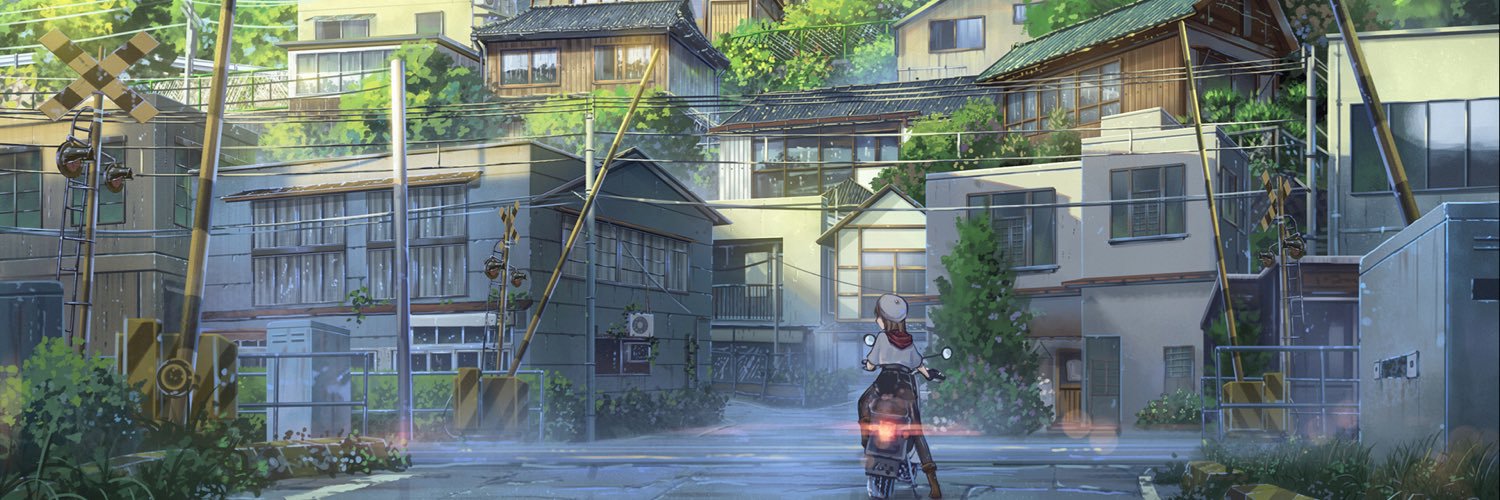
Wenbo Wang
@wenbowang11
Chem @ZJU_China, BioE/NeuroE @hseas & @broadinstitute
Congrats Xinhe! Check their paper: An AI-Cyborg System for Adaptive Intelligent Modulation of Organoid Maturation biorxiv.org/content/10.110…
🎉Congrats! 🥇@uthsavc: Mapping the topography of spatial gene expression with interpretable deep learning 🥈Anurendra Kumar: CellWHISPER: Inference of contact-mediated cell-sell signaling 🥉@xinhez: An AI-Cyborg System for Adaptive Intelligent Modulation of Organoid Maturation
Our paper is published now in @ScienceMagazine with new structure and cell killing data from our amazing collaborators Xinyu, Kevin from Garcia lab @Stanford ; Tao, and Jeremy from Scheinberg lab @MSKCancerCenter.
Out now in @ScienceMagazine ! science.org/doi/10.1126/sc… thanks to @GreenwoodNathan @BingxuL et al and excited about the downstream applications of this work in cancer and beyond
#Brain implants for growing brains🧠 Publishing in @Nature, scientists from @Harvard led by @ganoopyliujia implanted ultrasoft implants in the embryonic brains of frogs and axolotls. As the brain grows, the mesh deforms and integrates with neural tissue🚀 nature.com/articles/s4158…
We are very excited to share a preprint for our @BehaveAIAgent , the first fully autonomous AI agent for universal behavior analysis. BehaveAgent is the result of rewarding work with @ZuwanLin and the amazing team in @ganoopyliujia lab at @Harvard . 1/6 biorxiv.org/content/10.110…
Fantastic work!
Excited to share the first AI agent developed in my lab: SpikeAgent: Spike sorting AI agent lead by Zuwan Arnau and and Jongmin! biorxiv.org/content/10.110…
The new Dr. Hailing Shi’s lab at @EmoryUniversity is hiring at all levels! @HailingShi is so knowledge and such a wonderful person to work with! Please check out the lab description here. #newPI
CAST enables physical alignment of spatial omics data across replicates, techs, modalities at single-cell resolution. Such accurate alignment enables spatial atlas searching, unbiased DEG identification, and reconstruction of spatial multi-omics. DM for questions and collabs!
With the growing availability of spatial omics data from different techniques, CAST offers a computational tool for reconstructing single-cell multi-omic profiles and downstream analysis in a spatially resolved manner. @WangXiaoLab nature.com/articles/s4159…
A paper published in @Nature presents an intestinal immuno-organoid model with tissue-resident memory T cells. This model offers a closer look at gut immune interactions and sheds light on inflammation caused by cancer therapies. go.nature.com/3Ap3BT7
(1/x) We are excited to introduce VIPS (Volumetric Imaging of biological specimens via Photochemical Sectioning) in our preprint! VIPS uses a light-based process called “photochemical sectioning” to achieve petabyte-scale high/super-resolution imaging: biorxiv.org/content/10.110…
Congratulations to Professor Xiao Wang (@WangXiaoLab), who has been promoted to Associate Professor Without Tenure, effective July 1, 2024! chemistry.mit.edu/chemistry-news…
Our recent work on was published in @NatureNano ! We show that soft, high-density neural probes can track stable single-neuron activity in the brain. If you are interest in #pilot projects with @axoft_us, it starts right here: app.smartsheet.com/b/form/8dd8a97…
New content online: 3D spatiotemporally scalable in vivo neural probes based on fluorinated elastomers dlvr.it/T0TJWg